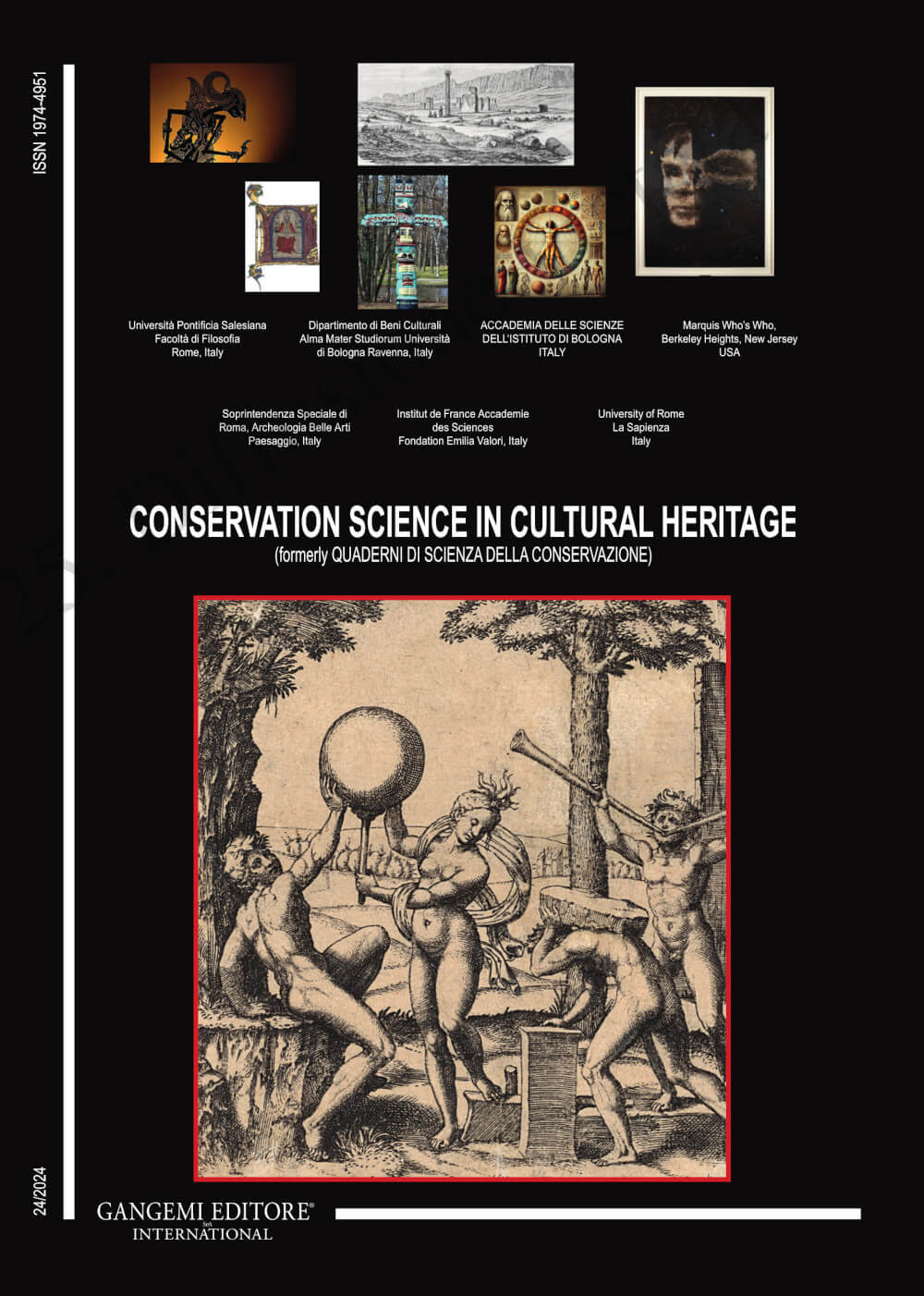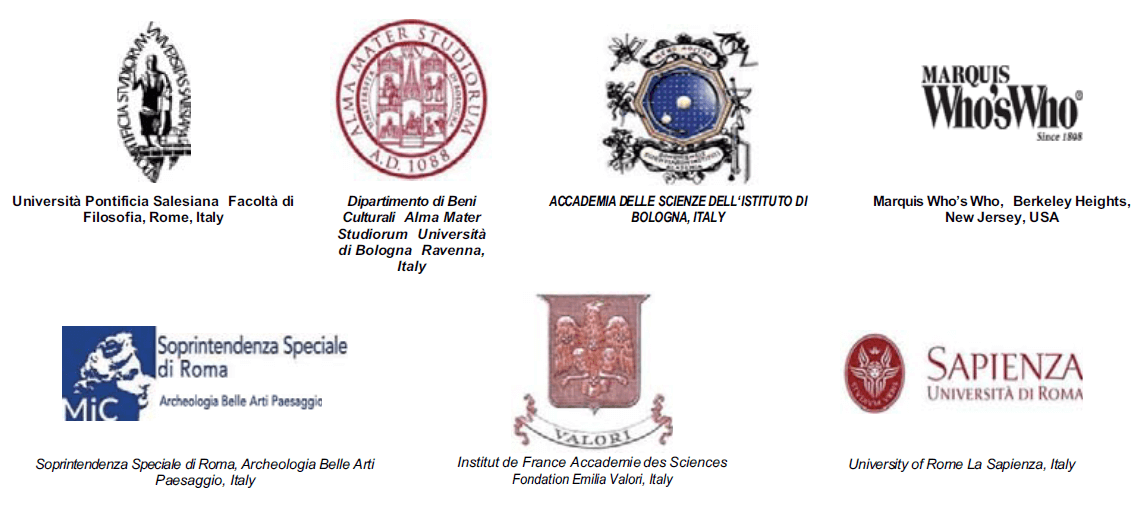The scientific value of Armenian written manuscripts
DOI:
https://doi.org/10.6092/issn.1973-9494/22458Keywords:
Middle Ages, manuscripts, text, Armenian script, proverbsAbstract
Language plays an important role in the development of any state because it evolves in direct contact with people's thinking, history, culture, and worldview. When studying the works of foreign and domestic scientists and classifying the Middle Ages heritage by linguistic features, it can clearly be seen that Turkic written manuscripts in different periods were written in different alphabets, such as runic, Uyghur, Manichaean, Brahma, Arabic, Latin, Armenian, Chagatai, and Cyrillic. Based on the use of Armenian graphics, it has also been established that in the Middle Ages, the heritage of Turkic peoples, including the Qypchaks, was written in a variety of genres and has survived to this day in written manuscripts. The study of Armenian writing in the Qypchak language is especially important in today's Kazakhstani social life.
We seek the origins of the Kazakh language and nation in the Qypchak community which emerged in the ancient Turkic period and flourished in the Middle Turkic period. Historical and linguistic works written about the history, language, and culture of the Qypchak community, which ruled the territory from Central Europe to Northern China in the Middle Ages, have demonstrated that the study of the Qypchak people who lived in the Middle Ages is still relevant in modern science. This field studies the history, language, ethnography, culture, and other aspects of the steppe nomadic civilization. Moreover, it aims to thoroughly investigate its aspects, compare the origins and roots of ethnic groups of Qypchak descent to their current condition, and demonstrate traces of historical continuity.
The German scientist Adalbert Merx’s work «Türkische Sprichwörter» (Turkish proverbs) written in 1893 and stored in the Bayerische Staats Bibliothek Muenchen library is taken as the object of research. Moreover, the proverbs in the manuscript language are read directly from the Armenian script; the relevance and scientific value of the topic is reported in the given article.
Downloads
Published
How to Cite
Issue
Section
License
Copyright (c) 2024 Bibigul Zhiyembay, Lyazat Meirambekova, Gulbakram Zhiyembayeva, Lazzat Urakova Yanch, Ainur Mayemirova

This work is licensed under a Creative Commons Attribution 4.0 International License.





